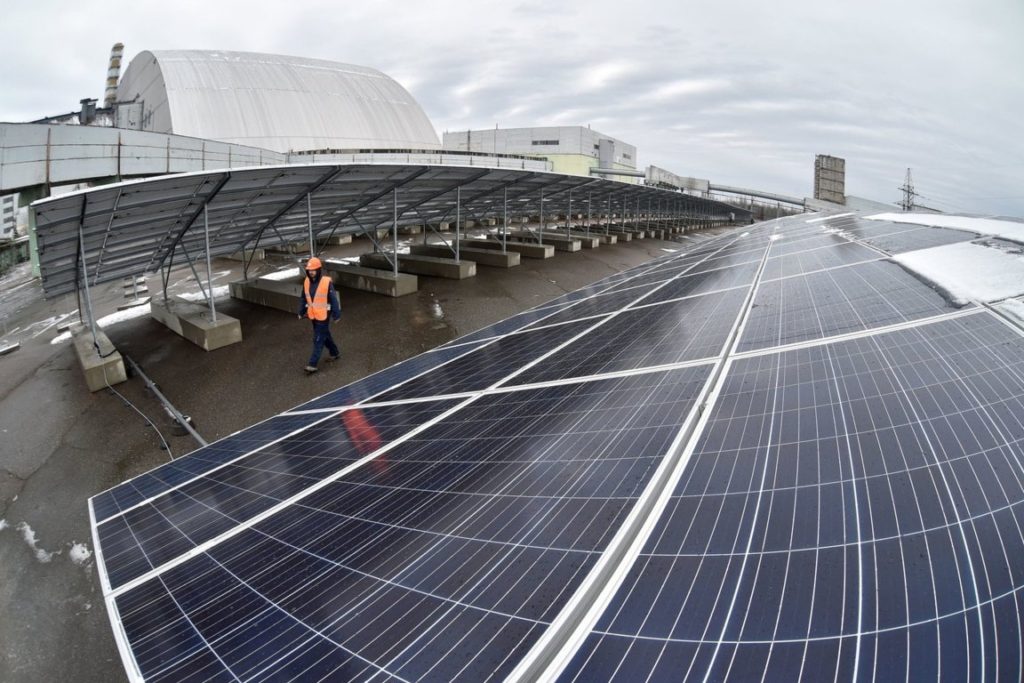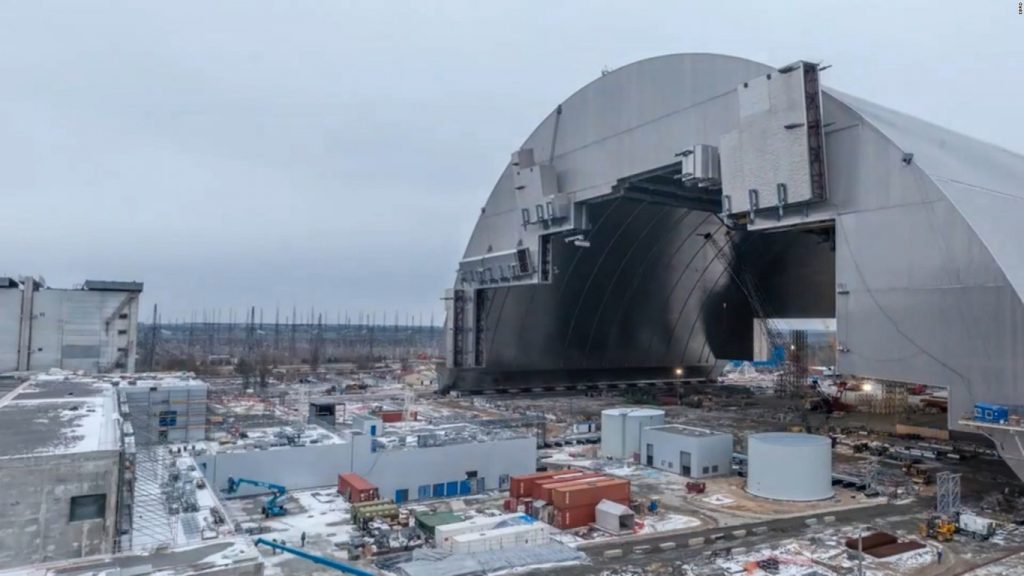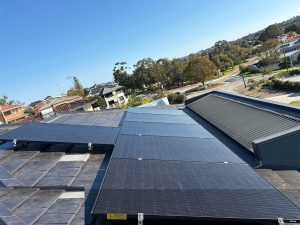It was just 38 years back, Chernobyl, a city in the Ivankiv Raion of Ukraine, became a world stage for the ill-effects of nuclear power generation. The malfunction due to various reasons like design flaws, inadequate personnel training resulted in an explosion at reactor 4. Over the years, the ensuing radiation poisoning cumulated in various Acute Radiation Syndrome (ARS) related deaths and the establishment of the Chernobyl exclusion zone. After the dissolution of Soviet Union, this zone became part of the modern Ukraine. The 2600 sq.km zone is managed by the State Emergency Service of Ukraine and restricts civilian settlements and access. Disasters like Chernobyl and Fukushima reemphasizes the volatility of nuclear fuels and the comparitively better security of renewable energy technologies. Thus, it also becomes a bit ironic that Chernobyl starts getting affiliated with solar power plant.
Chernobyl Solar Plant
The Chernobyl Exclusion zone will remain inaccessible to civilians for atleast 20,000 years due to the fallout. However, that does not mean the land cannot be utilized effectively. Here comes in the idea of solar projects. After nearly three decades, the Chernobyl solar plant opens about 300 feet from the remnants of the disaster.. Costing USD 1.2 million, the 1MW plant can power about 2,000 households annually. The farm has about 3,800 solar panels. This is the preliminary stage of an envisioned project of 100MW capacity project spread over 6,000 acres. Even though, this is not even close to the 4,000 MW capacity of Ukraine’s existing nuclear reactors, it is a right step in the right direction for sustainable development in the area. The electrical infrastructure is well suited to handle large renewable energy installations as it was originally designed for 12 nuclear reactors (reactors 5 and 6 were under construction when 4 malfunctioned).

The solar array is only about 100 feet away from the reactor 4 site, which is currently covered by a containment structure build at a cost of USD 1.8 billion. The structure was built to last 100 years, giving sufficient time for the remotely operated cranes to dismantle the reactor. On the other hand, the PV array will be remotely controlled from Germany. As reported by BBC News, this project is part of Ukraine’s long-term vision to build a 1.2GW solar array








